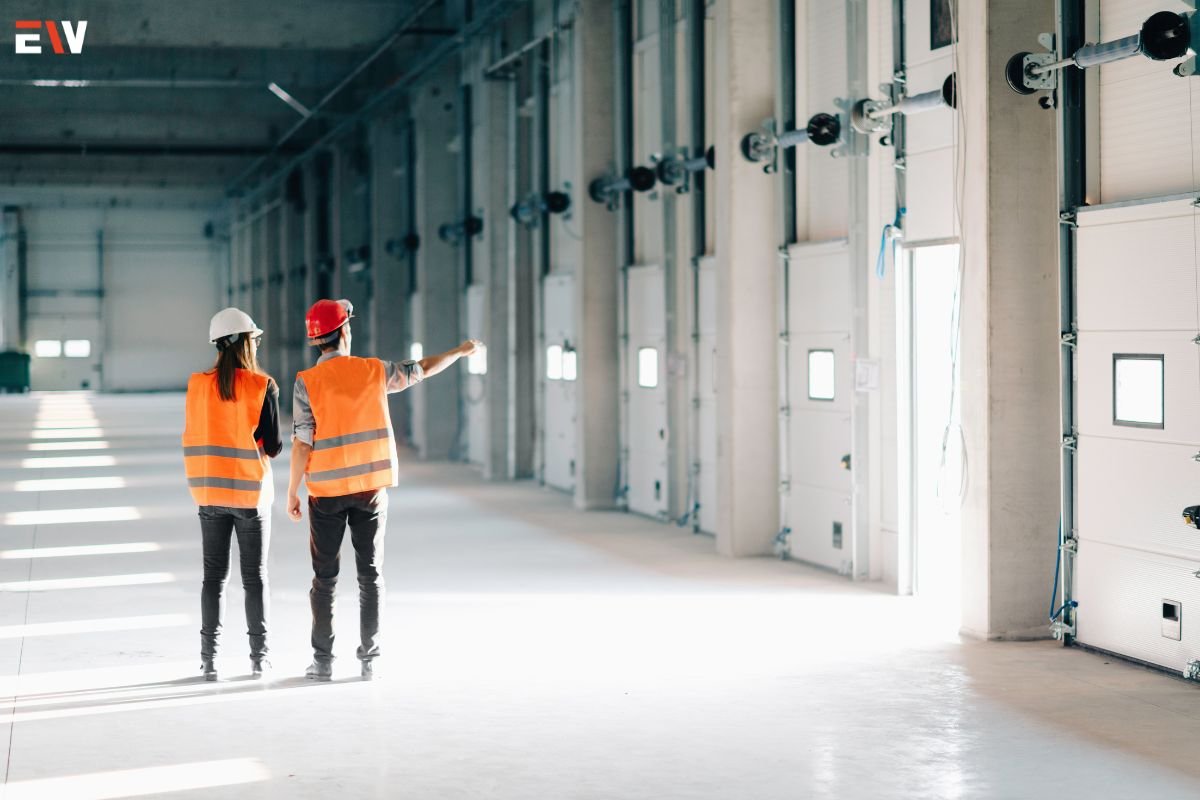In the relentless pursuit of efficiency and profitability, manufacturers are constantly seeking ways to maximize equipment uptime and minimize production losses. Enter Total Productive Maintenance (TPM), a comprehensive strategy that goes beyond traditional reactive maintenance to create a culture of continuous improvement and equipment optimization.
This blog delves into the world of TPM, exploring its core principles, benefits, implementation steps, and the crucial role it plays in achieving world-class manufacturing.
The TPM Philosophy: Beyond Maintenance, a Collaborative Effort
Unlike traditional maintenance approaches that focus on fixing problems after they occur, TPM emphasizes a proactive and preventive mindset. It’s a collaborative effort that engages everyone within an organization, from production floor operators to top management, in ensuring optimal equipment performance.
Here are the eight pillars of Total Productive Maintenance:
1. Initial Setup (5S)
This foundation lays the groundwork for effective TPM by focusing on five key housekeeping principles – Sort, Set in Order, Shine, Standardize, and Sustain – to create a clean, organized, and efficient work environment.
2. Planned Maintenance

Moving beyond reactive repairs, this pillar emphasizes establishing preventive maintenance schedules, lubrication plans, and inspections to identify and address potential problems before they cause breakdowns.
3. Autonomous Maintenance
This empowers production floor operators to take ownership of basic equipment maintenance tasks like cleaning, lubrication, and visual inspections, fostering a sense of responsibility and early problem detection.
4. Quality Maintenance
This pillar focuses on implementing strategies to prevent defects during production by maintaining equipment accuracy and optimizing operating conditions.
5. Early Management of Equipment Defects
This involves establishing processes for identifying and addressing equipment anomalies at their earliest stages to prevent them from escalating into major breakdowns.
6. Loss Management
Total Productive Maintenance identifies and categorizes various production losses, such as equipment failures, setup times, and minor stoppages. By analyzing these losses, organizations can develop targeted improvement strategies.
7. Education and Training
Investing in continuous employee education and training on TPM principles, maintenance procedures, and equipment operation is crucial for successful implementation.
8. Safety and Environment
Ensuring a safe and healthy work environment is paramount. TPM integrates safety considerations into all maintenance activities and promotes environmentally responsible practices.
Benefits of Implementing Total Productive Maintenance
By adopting TPM, organizations can reap numerous benefits:
1. Increased Equipment Uptime
Preventive maintenance and early problem detection minimize equipment failures and unplanned downtime, leading to higher production output.
2. Improved Equipment Performance
Regular maintenance and operator ownership ensure optimal equipment performance, resulting in better product quality and reduced defects.
3. Reduced Maintenance Costs

By preventing major breakdowns and extending equipment life, TPM leads to significant cost savings on repairs and maintenance.
4. Enhanced Employee Morale
Empowering employees through ownership and participation in maintenance fosters a sense of responsibility and job satisfaction.
5. Improved Safety
A focus on preventive maintenance and a culture of safety awareness minimizes the risk of accidents and injuries in the workplace.
6. Increased Overall Efficiency
TPM streamlines operations, reduces waste, and improves overall production efficiency, leading to greater profitability.
Implementing Total Productive Maintenance: A Step-by-Step Guide
Implementing Total Productive Maintenance is a journey, not a destination. Here’s a roadmap to guide you:
1. Leadership Commitment
Gain strong leadership support to secure resources and champion the TPM culture shift.
2. Form a TPM Team
Establish a dedicated team with representatives from various departments to oversee TPM implementation.
3. Establish Baseline Data
Collect data on current equipment performance, downtime, and losses to identify areas for improvement.
4. Develop an Implementation Plan
Create a comprehensive plan outlining goals, timelines, training programs, and resource allocation.
5. Focus on 5S
Lay the foundation by implementing the 5S principles to create a standardized and organized work environment.
6. Develop Maintenance Plans

Establish preventive maintenance schedules, lubrication plans, and inspection procedures for all equipment.
7. Empower Operators
Train and empower production floor operators to perform basic maintenance tasks and identify equipment anomalies.
8. Continuous Improvement
Utilize loss management techniques to identify and address production losses, continuously seeking ways to improve efficiency and performance.
The Road to World-Class Manufacturing
TPM isn’t a one-time fix; it’s a continuous improvement philosophy. By fostering a culture of ownership, collaboration, and preventive maintenance, Total Productive Maintenance empowers organizations to achieve world-class manufacturing standards.
Here are some additional tips for a successful TPM implementation:
1. Communication and Transparency
Maintain clear communication throughout the organization regarding TPM goals, progress, and challenges.
2. Celebrate Successes
Recognize and celebrate achievements to maintain employee morale and enthusiasm for continuous improvement.
3. Seek External Support
Consider partnering with TPM consultants or industry experts to guide your implementation journey.










